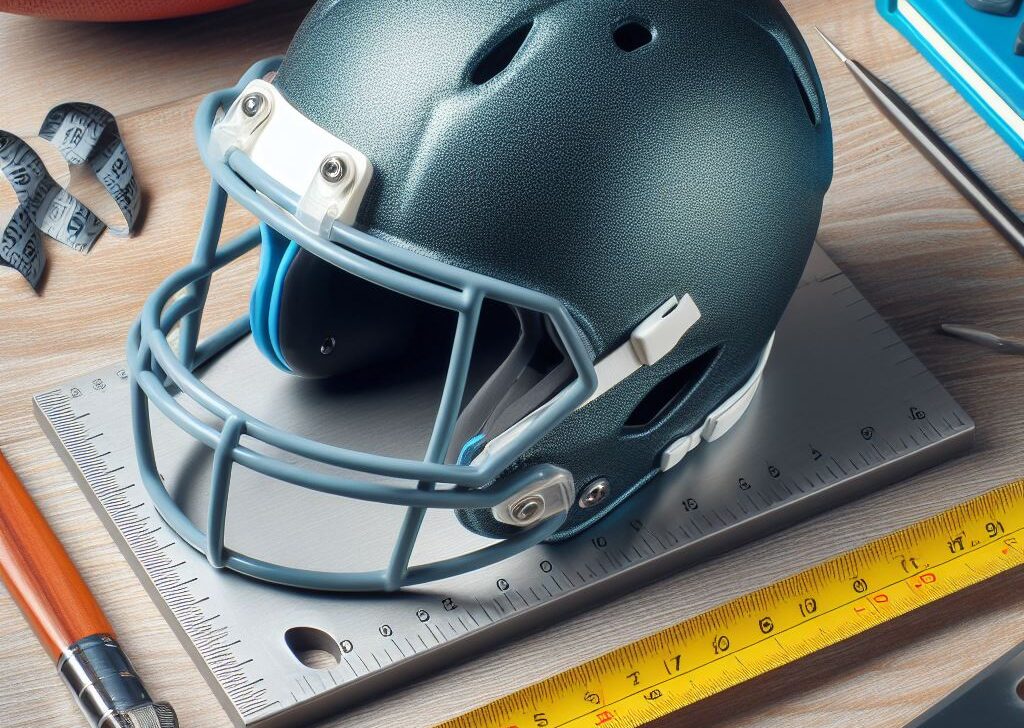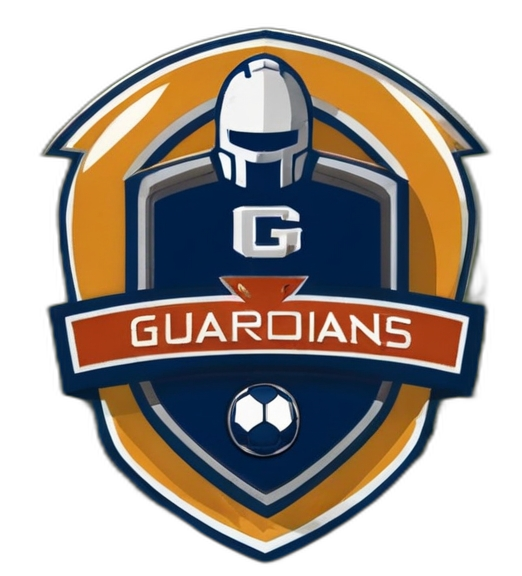
Getting the right helmet size is crucial for young football players, especially those requiring extra small youth helmets. An improperly fitted helmet can compromise safety and performance on the field. In this comprehensive guide, we’ll walk you through the step-by-step process of measuring for an extra small youth football helmet to ensure a secure and comfortable fit.
Why Proper Helmet Sizing Matters for Extra Small Heads
Head injuries are a significant concern in youth football, and a well-fitted helmet is the first line of defense. Extra small youth helmets are designed for players with head circumferences typically ranging from 18.5 to 20 inches (47 to 51 cm), catering to the smallest noggins on the gridiron. A helmet that’s too loose or too tight can increase the risk of concussions and other traumatic brain injuries, making accurate sizing crucial.
Step-by-Step Guide to Measuring for an Extra Small Youth Football Helmet
Gather your supplies
– A flexible tape measure or string
– A ruler or flat surface to measure the string (if using)
– A pen and paper to record the measurement
Measurement
The first step to finding the right helmet size is to measure your child’s head circumference, which is the distance around the widest part of the head, above the eyebrows and ears. To measure your child’s head circumference, you will need a flexible measuring tape and a helper. Here are the steps to follow:
· Have your child sit or stand upright and look straight ahead.
· Wrap the measuring tape around the head, about an inch above the eyebrows and ears, making sure it is level and not too tight or too loose.
· Read the measurement in inches or centimeters and record it.
· Compare the measurement to the size chart of the helmet model you are interested in and select the appropriate size. If the measurement falls between two sizes, choose the smaller one for a snugger fit or the larger one for a more comfortable fit.
Fitting
The next step is to try on the helmet and check the fit. Here are the steps to follow:
· Place the helmet on your child’s head and align it with the center of the forehead, about an inch above the eyebrows.
· Check the gap between the helmet and the head. There should be no more than a finger’s width of space on any side of the helmet. If there is too much space, the helmet is too big and may slide or rock on the head. If there is too little space, the helmet is too small and may cause pressure or discomfort on the head.
· Check the position of the ear holes. They should be aligned with the ears and not cover them or leave them exposed. If the ear holes are too high or too low, the helmet is not properly aligned and may affect the vision or hearing of the player.
· Check the chin strap. It should be fastened securely under the chin, allowing for one to two fingers to fit between the strap and the chin. If the strap is too loose, the helmet may come off or move during a collision. If the strap is too tight, it may cause discomfort or difficulty breathing.
Double-check the measurement
– Repeat the process to confirm the accuracy of your measurement.
– If the measurements differ, take a third reading and use the most common value.
Consult the helmet size chart
– Most helmet manufacturers provide size charts that correlate head circumference with helmet size.
– If your child’s measurement falls within the extra small range (typically 18.5 to 20 inches or 47 to 51 cm), you’ll need to look for XXS helmets.
Adjustment
The final step is to adjust the helmet to your child’s head shape and preference. Here are the steps to follow:
· For helmets with inflatable or removable pads, follow the manufacturer’s instructions to inflate or insert the pads to achieve a more customized and snug fit. You may need to use a pump or a needle to inflate the pads or a tool to remove or insert them. The pads should fill the gaps between the helmet and the head, but not cause excessive pressure or discomfort.
· For helmets with adjustable features, such as ratchet systems, dial systems, or shock suspension systems, follow the manufacturer’s instructions to adjust the features to your child’s comfort and stability. You may need to use a knob, a button, or a lever to adjust the features. The features should provide a balanced and stable fit, but not restrict the movement or ventilation of the head.
· For helmets with face masks, follow the manufacturer’s instructions to attach or detach the face mask to the helmet. You may need to use a screwdriver or a wrench to do so. The face mask should be securely attached to the helmet and not interfere with the vision or breathing of the player.
By following these steps, you can ensure that your child has the perfect extra small youth football helmet that fits properly and is adjusted correctly. This will not only enhance their safety and comfort, but also their performance and enjoyment on the field.
Tips for Achieving the Perfect Fit
– Consider trying on helmets in person, if possible, as head shapes can vary.
– Adjust the helmet’s inner padding and chin strap for a snug but comfortable fit.
– Ensure there’s no excessive movement or gap between the helmet and the head.
– Remember, helmets may need to be replaced as your child grows, so remeasure periodically.
Safety First: Investing in the Right Extra Small Youth Football Helmet
While finding the perfect fit is essential, it’s equally important to choose a helmet that meets rigorous safety standards. Look for helmets certified by organizations like NOCSAE (National Operating Committee on Standards for Athletic Equipment) and consider models with advanced impact-absorbing technologies.
By following these guidelines and prioritizing safety, you can help protect your young athlete and foster their love for the game. Don’t hesitate to seek guidance from coaches, equipment managers, or professionals at sporting goods stores for additional support in finding the ideal extra small youth football helmet.
